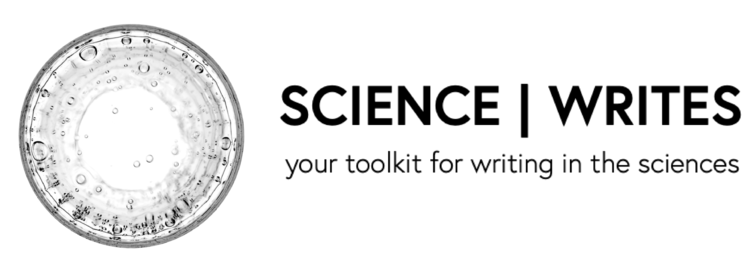GOAL
Present your argument for why your study is needed by providing sufficient background and context to set up the research question and hypotheses.
CHARACTERISTICS
The introduction leads the reader to the aims or hypotheses of the study by describing what is known about the topic and by identifying where there are gaps in our knowledge, contradictions in previous work, room for additional work, etc. It is the section of a research paper that relies most heavily on other sources.
TYPICAL ORDER
A common order for the information in an introduction is to move from general to specific.
Opening sentences: Start with a general statement that is broadly related to your topic, but not so broad that it seems to be about the universe. Often this statement is supported by outside sources. The introduction then quickly moves to establishing the stakes of your study.
Establishing the stakes: Present a brief statement of the problem, question, or contradiction that has motivated your study. To further motivate and contextualize your research, you need to present relevant background information.
Presenting relevant background: Provide more detailed background information to orient your reader to the theoretical concepts, alternative interpretations of the concepts, previous approaches to the problem, methodological issues, etc. that will help you describe what is known about the topic and help you identify where there are gaps in our knowledge, contradictions in previous work, or room for additional work. The background information helps the reader understand the aims or hypotheses of your study.
Stating the aims or hypotheses: A focused statement of the aims or hypotheses of the study.
LENGTH
The length of the introduction depends on how much background context is expected. Generally, the literature review should be narrowly focused on setting up your specific research question. However, a thesis or dissertation will have a much longer introduction than a manuscript submitted for publication in a journal, because in a thesis or dissertation you need to demonstrate a broader understanding of the literature related to your research. For class assignments, if expectations are unclear in the assignment prompt, you should ask your instructor. For a journal article submission, you should read the journal guidelines.
DON’TS
Don’t quote from your sources; use paraphrase and summary instead to integrate information from the sources into your argument. Although the introduction generally contains the most references to outside sources, science writing rarely includes quoted text from those sources. The rare occasions when you might quote include when you need to provide a precise definition or you need to document a provocative statement or a specific interpretation that you intend to challenge.
STYLE
Introductions contain a mix of present, present perfect, and past tense depending on what is happening at any given moment in the introduction. You should also generally write introductions in the active voice.
PRESENT TENSE
If you are describing something in the present, such as why the research you are doing is important, you should describe it in present tense. (It is currently important.)
Ex: “Recent research has moved the stem cell field closer to that goal.”
PAST TENSE
If you are describing previous research, you should write about it in past or in present perfect tense (as seen in Pagliuca et al., 2014).
Ex: “The discovery of human pluripotent stem cells (hPSC) opened the possibility of generating replacement cells.”
ACTIVE VS. PASSIVE VOICE
Whenever possible in the introduction, you should write in the active voice rather than passive voice. Active voice is often easier to read, because the subject of the sentence is clear. It also gives your writing more energy and power, and you want the introduction to be engaging. Nevertheless, you should still be mindful in your choice to use active or passive voice. For example, if you want to focus the reader’s attention on the object being acted upon and not the actor, then passive is the right choice.







